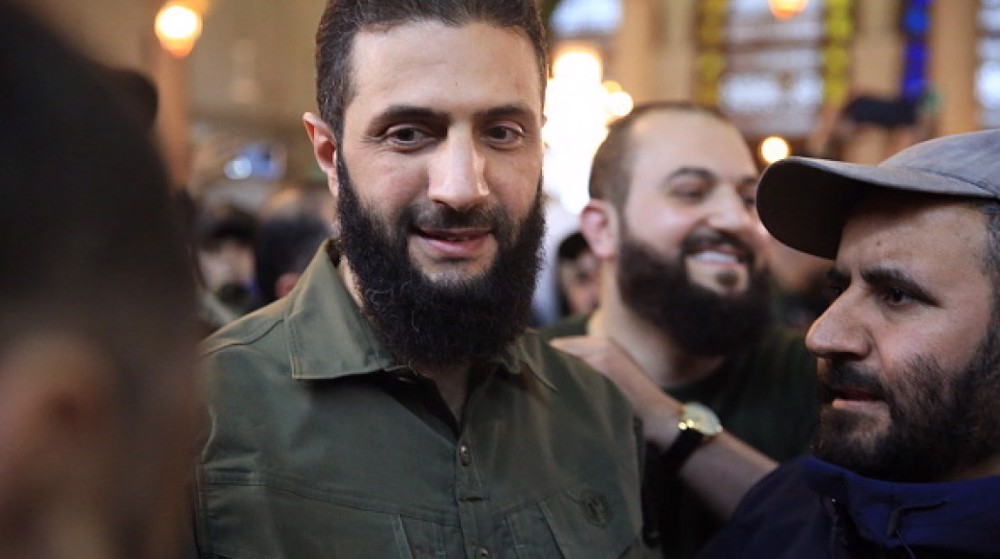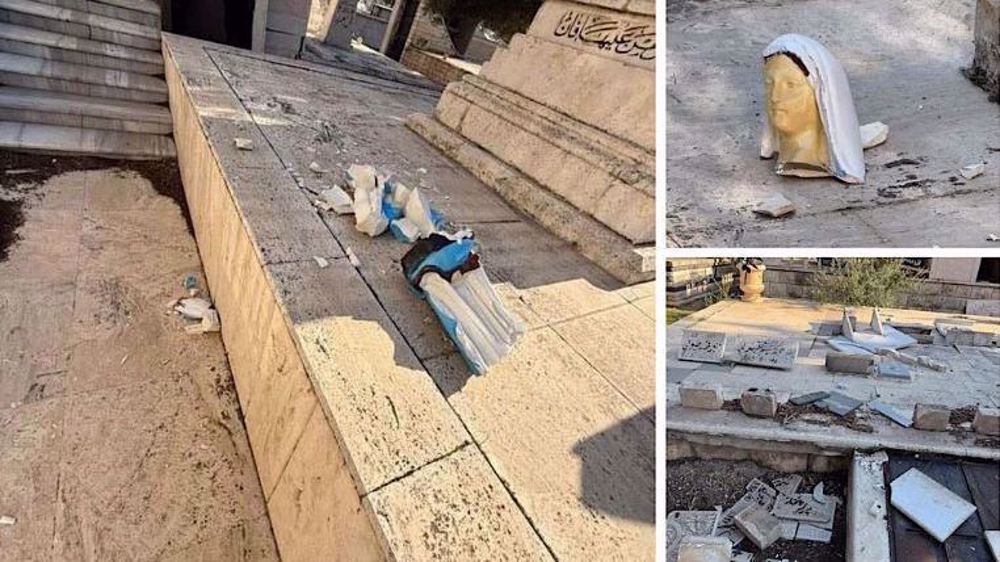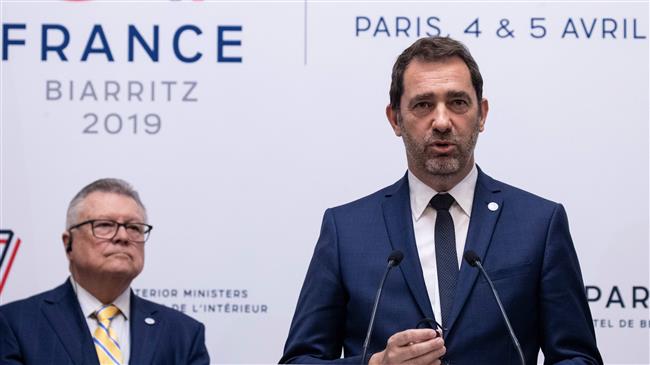Some 1,000 displaced Syrians return home from neighboring Lebanon
Nearly 1,000 Syrian refugees have returned to their homeland from various areas in neighboring Lebanon after Syrian government forces and allied fighters from popular defense groups managed to liberate their hometowns from the clutches of foreign-sponsored Takfiri terrorist groups.
The return of refugees took place under the supervision of Lebanon's General Security in cooperation with the United Nations High Commissioner for Refugees (UNHCR), Lebanon’s official National News Agency reported.
Refugees arrived at the Jdeidat Yabous and al-Dabbousiya border crossings from Lebanese territories on Monday morning. They returned home in fourteen buses sent by Syrian authorities.
The refugees underwent medical checks, and are expected to be transferred to their hometowns across the crisis-stricken Arab country within the next few days.

On January 20, Lebanese President Michel Aoun urged world powers to “make all efforts” to help the repatriation of Syrian refugees.
“Lebanon calls on the international community to make all efforts possible and provide suitable conditions for a safe return of displaced Syrians,” he stated.
More than one million Syrian refugees are registered with the UNHCR in Lebanon.
The Beirut government estimates that the true number of Syrians in Lebanon stands at 1.5 million.
In February, Lebanon's minister of state for displaced affairs said his country would stick primarily to a Russian strategy for the return of Syrian refugees to their homeland.
“The Russian strategy will be adopted as a basis for our approach towards the return of Syrian refugees to Syria,” Saleh Gharib told China’s official Xinhua news agency on February 6.
He also did not deny the possibility of visiting Syria, or conducting a direct dialogue with high-ranking government officials in Damascus to secure the return of Syrian refugees.
“Lebanese Prime Minister Saad Hariri is very much aware of the sensitivity of this issue, and all necessary steps will be taken in this regard,” Gharib pointed out.
The strategy to help Syrian refugees go back to their homes was drawn up following a meeting between US President Donald Trump and his Russian counterpart Vladimir Putin in the Finnish capital city of Helsinki on July 16, 2018.
It specifies around 76 residential neighborhoods in Syria's central provinces of Homs and Hama, the northwestern province of Idlib as well as Damascus to enable the return of 360,000 Syrian refugees as a first step.
The strategy also entails the rehabilitation of houses in the mentioned areas, which would allow the return of 500,000 more Syrian refugees within two years.
More civilians leave militant-held Rukban camp in southern Syria
Meanwhile, another batch of civilians reached a crossing point in the Syrian desert on Sunday from the al-Rukban refugee camp in southeastern Syria.
Syria’s official news agency (SANA) reported that the evacuees from the camp had reached the Jlaighem crossing in the eastern countryside of the central province of Homs.

Last Thursday, the first batch of civilians left Rukban, with dozens of people reaching government-controlled areas in Homs.
The United Nations says about 45,000 people, mostly women and children, are trapped inside Rukban, where conditions are desperate. This is while Geneva-based international aid agency, Doctors Without Borders, has put the number there at some 60,000.
Last October, the so-called Syrian Observatory for Human Rights said people in al-Rukban had been without access to food and humanitarian aid for several months, highlighting that the tough situation was further complicated with a closed border by Jordan.
VIDEO | Rome, Milan host new protests in solidarity with Palestinians
Dec. 21: ‘Axis of Resistance’ operations against Israeli occupation
Spain jurists demand ties with Israel ties be cut
VIDEO | Press TV's news headlines
VIDEO | Iran honors top Science Olympiad medalists
VIDEO | Austrians arrested at Gaza protest in Vienna
10 killed in bus crash in western Iran
VIDEO | One-man-band journalism with Civili



















 This makes it easy to access the Press TV website
This makes it easy to access the Press TV website